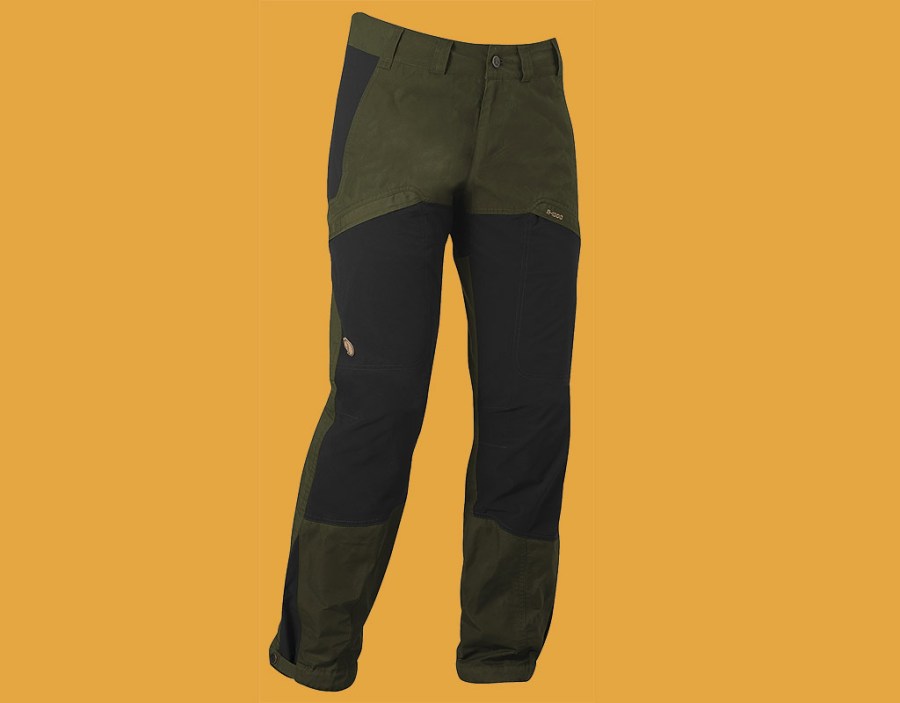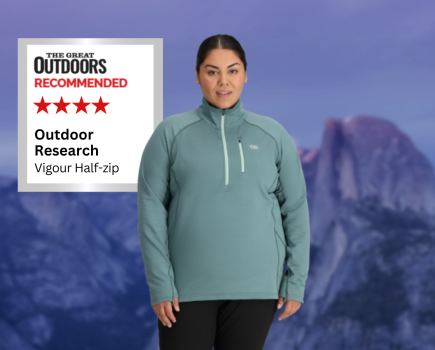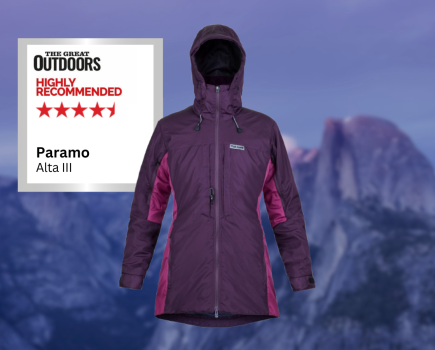Tundra’s main story is the fabric. They feature stretch seat and knees, teamed with G-1000 Lite, a lightweight polycotton. G-1000 can be waxed to increase water-resistance, notably at the lower leg in lieu of gaiters. More can be added for greater durability, water and wind resistance. If more breathability is required, the wax can be washed out. I didn’t have any Fjällräven wax; in any case I prefer to wear short gaiters when necessary and have flexible, breathable fabric the rest of the time. It’s a very Scandinavian idea and will suit some people. Knees and seat are made from stretch fabric which is lightweight and has no moisture resistance: good for fit, less good for durability and leads to a cold bum in winter. The junction between stretch and static fabrics is noticeable across the thighs, exacerbated by zips and pockets. A static waist with belt loops, zip fly and a flat stud, is cut higher at the back, which works well under a rucksack. Slash-zipped thigh pockets hang to the knees so were useless for anything heavier than tissues; hip pockets were more useful. The ‘raw’ length means everyone must hem them, regardless of leg length. Overall these are interesting trousers, and apparently popular with lovers of bushcraft.
First published: Spring 2013








